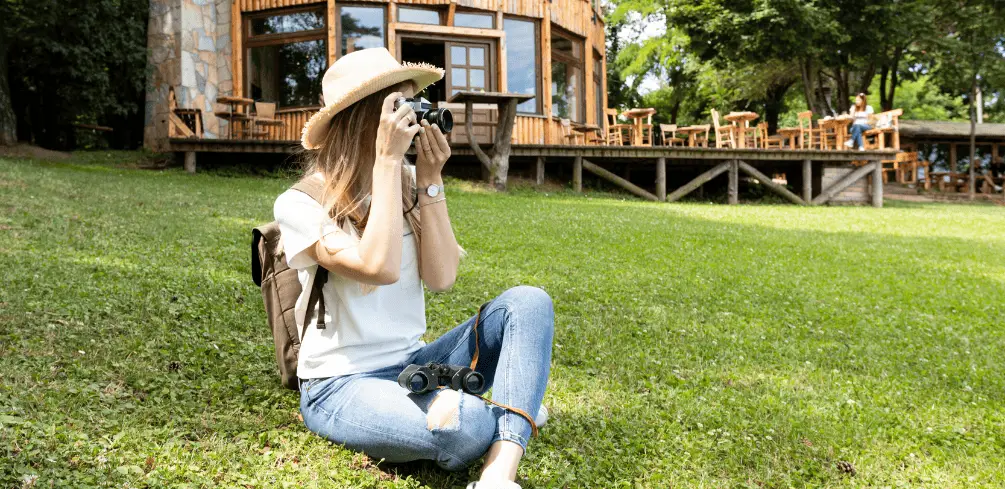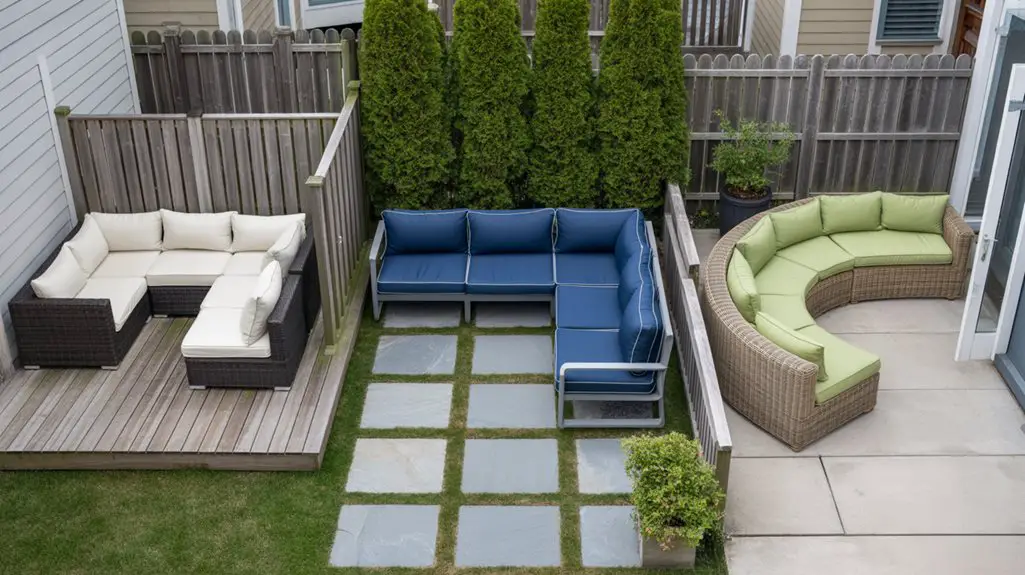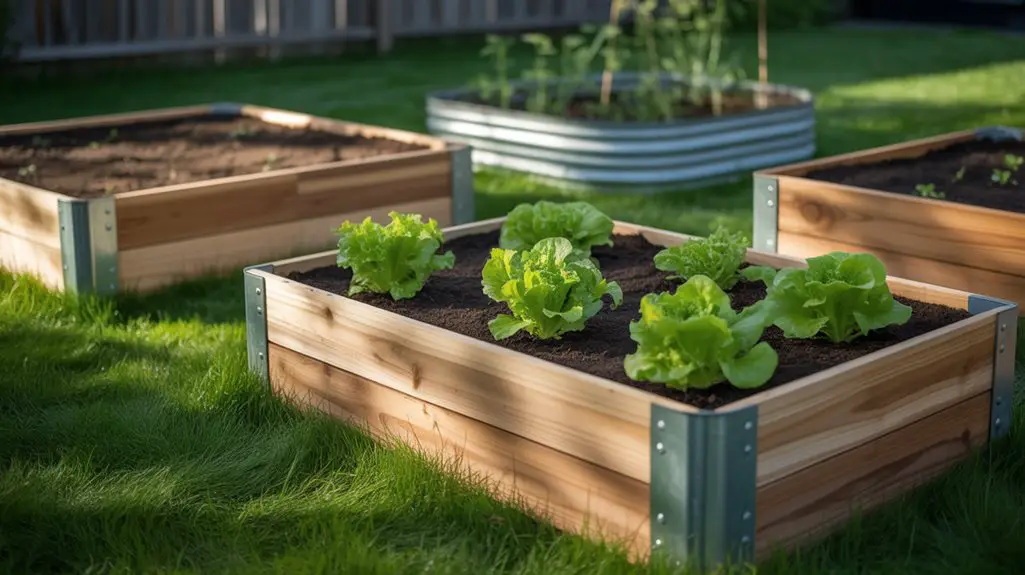Are you a homeowner who values your privacy and is concerned about the extent to which your homeowners’ association (HOA) can intrude upon it?
Do you ever wonder if your HOA has the right to take pictures of your backyard, possibly capturing moments that you would prefer to remain private?
If so, it is important to understand the legal aspects surrounding this issue, as well as your rights and responsibilities as a homeowner.
This article will delve into these matters, providing detailed explanations of relevant laws and regulations that govern both the powers of HOAs and the protections afforded to homeowners.
Legal Aspects of HOA Surveillance
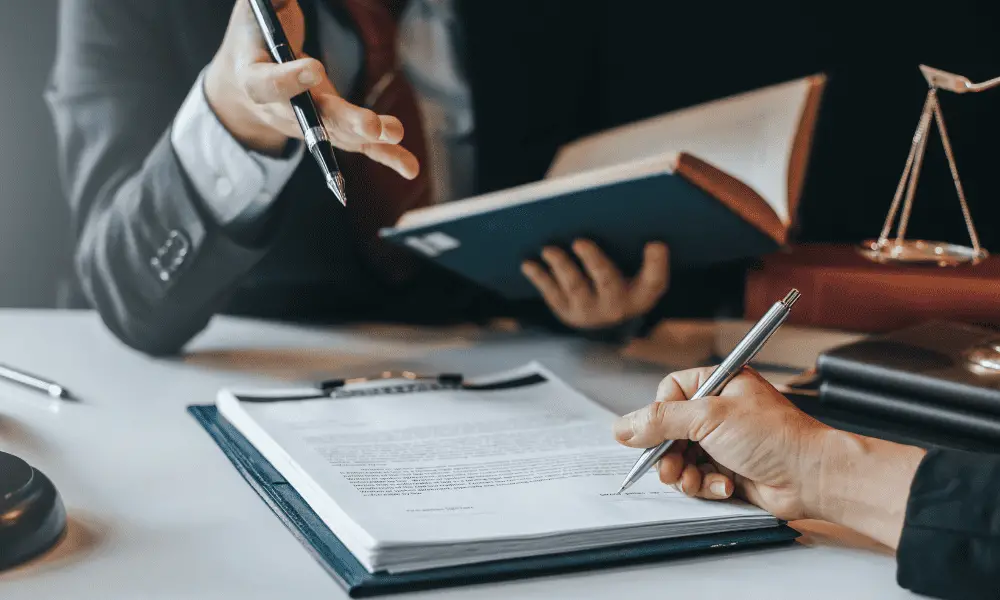
While it’s understandable that you’d be concerned about the legal aspects of HOA surveillance, it’s crucial to know your rights and restrictions to avoid any unwarranted invasion of privacy.
One primary element in this regard is understanding the surveillance limitations imposed on homeowners’ associations (HOAs)
Although HOAs have certain powers to ensure compliance with community rules and regulations, they must also respect individual property rights and adhere to state and federal laws regarding privacy.
It is essential for you as a homeowner to familiarize yourself with these legal boundaries, as ignorance could lead not only to disputes but also to potential legal action.
In addition, consent requirements play a significant role in determining whether or not an HOA can take pictures of your backyard.
Generally speaking, an HOA may require explicit consent from homeowners – individually or collectively – before conducting any form of surveillance on private properties.
This consent may be obtained through provisions in the governing documents or via separate agreements between the parties involved.
Furthermore, some jurisdictions may impose additional restrictions on recording images without permission, further underlining the importance of obtaining proper authorization before engaging in such activities.
As a responsible homeowner, make sure you are aware of these requirements so that you can address any concerns proactively and avoid unnecessary conflicts.
Another aspect worth considering when addressing HOA surveillance is understanding the consequences associated with an invasion of privacy claims resulting from unauthorized picture-taking or other intrusive actions by an HOA.
Depending on your jurisdiction’s laws and statutes governing privacy rights violations, damages could include monetary compensation for emotional distress caused by the invasive conduct or even punitive damages meant to deter future misconduct.
Additionally, dispute resolution mechanisms like mediation or arbitration may be available if both parties agree upon their use; however, escalating matters into litigation can prove costly for all involved parties – financially and emotionally alike.
Therefore, being well-informed about both your rights and potential remedies should equip you with valuable tools needed to navigate this complex landscape effectively while protecting your home and personal space.
Homeowner Rights and Responsibilities
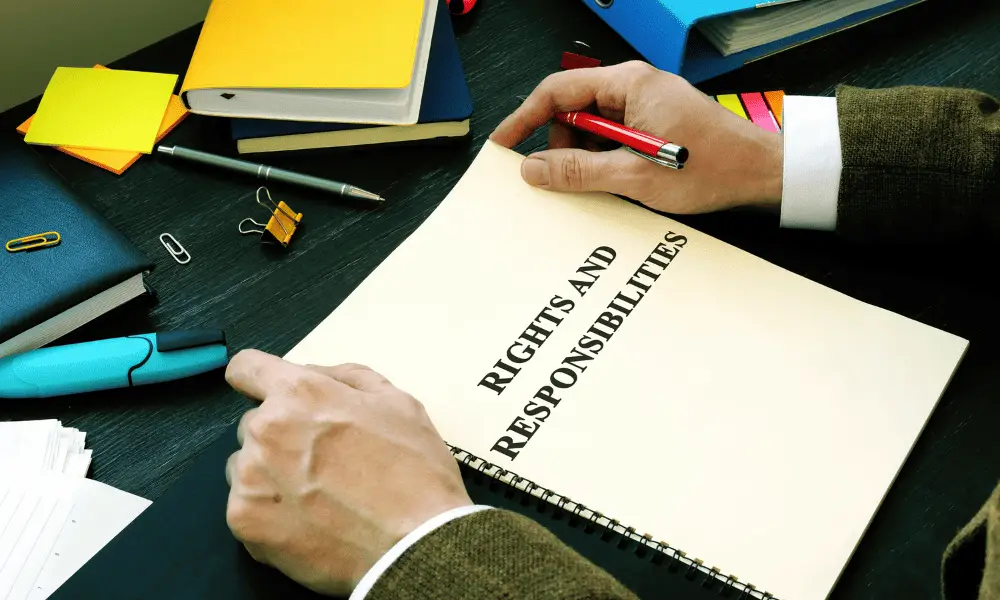
As a homeowner, it’s essential to know your rights and responsibilities, ensuring you’re in compliance with regulations while protecting your privacy.
Understanding the limits of Homeowner Association (HOA) authority and how they apply to your property is crucial for maintaining a harmonious relationship with neighbors and the community.
With issues like surveillance, disputes can arise regarding homeowner boundaries, association limitations, dispute resolutions, HOA transparency, and property modifications.
| Homeowner Boundaries | Association Limitations | Dispute Resolutions |
|---|---|---|
| Define clear lines between private and common areas | Establish guidelines for surveillance activities | Mediation or arbitration as alternative methods to resolve conflicts |
| Obtain necessary approvals before making property modifications | Adhere to state laws governing HOA actions | Timely communication between homeowners and HOA board members |
| Privacy expectations within individual properties | Transparency in decision-making processes related to surveillance systems deployment | Address concerns by following the procedures outlined in governing documents |
To navigate these potential conflicts effectively, it’s vital for both homeowners and associations to be aware of their roles within the community.
Homeowners should actively participate in meetings where decisions affecting their properties are made; this promotes transparency from the HOA on matters concerning surveillance or other sensitive topics.
Additionally, reviewing governing documents such as Covenants, Conditions & Restrictions (CC&Rs) will provide insight into specific guidelines that dictate acceptable behavior in terms of property modifications or installing security equipment.
Knowing your rights as a homeowner requires diligence when dealing with complex situations involving property management associations like an HOA.
By understanding each party’s role within the community context – including respecting boundaries – you can safeguard your interests while fostering cooperation among neighbors and preserving harmony throughout shared spaces.
This balance ensures that you can enjoy living in a well-maintained neighborhood without compromising your privacy or personal comfort at home.
Reasons for HOA Photography

You might wonder why an association would need to photograph certain areas, but it’s important to understand that there are specific reasons for this activity.
Homeowners associations (HOAs) have a responsibility to maintain the overall appearance and functionality of their communities, which includes both common and private areas.
Backyard inspections help the HOA ensure that homeowners comply with established rules and bylaws, thus preserving harmony and continuity within the community.
Additionally, these inspections aid in rule enforcement by documenting any violations or discrepancies so that appropriate measures can be taken.
One significant reason behind photographing backyards is maintenance monitoring. By visually documenting the condition of properties within the community, HOAs can assess whether homeowners are adhering to stipulated maintenance standards.
This not only helps safeguard property values but also mitigates potential safety hazards resulting from neglected yards or structures. Furthermore, photographs serve as evidence in cases where disputes arise between homeowners and the association regarding compliance with maintenance requirements.
Another critical aspect of HOA photography involves common area management. As part of their responsibilities, associations must maintain shared spaces such as parks, playgrounds, pools, and other communal amenities for residents’ use and enjoyment.
Documenting these areas through photographs allows associations to track progress on improvement projects or repairs while ensuring that they meet anticipated quality standards.
Moreover, this photographic record supports property value preservation by illustrating a well-maintained community environment appealing to prospective buyers who may consider purchasing homes within the neighborhood.
Thus, although some may initially perceive backyard photography as intrusive or unnecessary, it serves essential purposes in maintaining a harmonious and prosperous living environment for all members of an HOA-governed community.
Protecting Your Backyard Privacy

It’s natural to feel concerned about the privacy of your outdoor spaces when an association starts snapping photos, but there are ways you can safeguard your personal oasis.
Establishing clear backyard boundaries is a key step in asserting your rights and maintaining neighborly respect.
Familiarize yourself with local zoning laws, property lines, and any applicable Homeowners Association (HOA) rules that may dictate the placement or height of fencing or other barriers designed to protect your outdoor privacy.
Privacy solutions such as strategically planted hedges, fences, or screens can be both visually appealing and effective deterrents against encroaching surveillance.
It is essential to communicate with your neighbors and HOA board members about any concerns you may have related to the photography of shared or private spaces.
Initiate an open dialogue that promotes mutual understanding while seeking assurances that photographs will only be used for legitimate purposes in compliance with legal guidelines.
By proactively addressing potential privacy infringements and implementing practical measures within the confines of relevant legislation, you can mitigate the impact of invasive photography on your backyard oasis.
A well-informed approach combined with proactive communication fosters a harmonious balance between preserving the sanctity of one’s personal space and adhering to community regulations.
With these steps in place, you can continue enjoying outdoor activities without worrying about unwarranted intrusions from unwanted cameras.
Conclusion
So, it’s quite a coincidence that you’re concerned about your privacy and the HOA taking pictures of your backyard.
Remember, while they have certain rights to maintain and enforce community standards, they must also respect homeowners’ privacy and legal rights.
To ensure you’re on the safe side, stay informed about local laws and consult with an attorney if necessary.
After all, protecting your privacy is just as important as maintaining a harmonious community.

